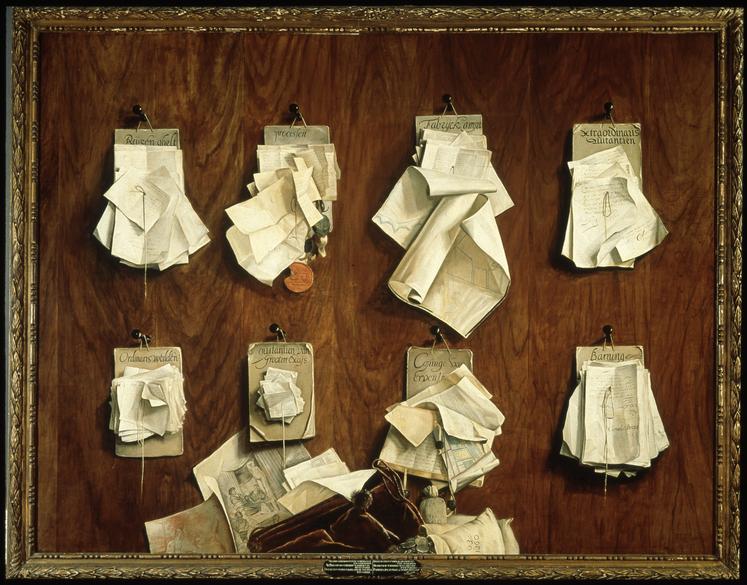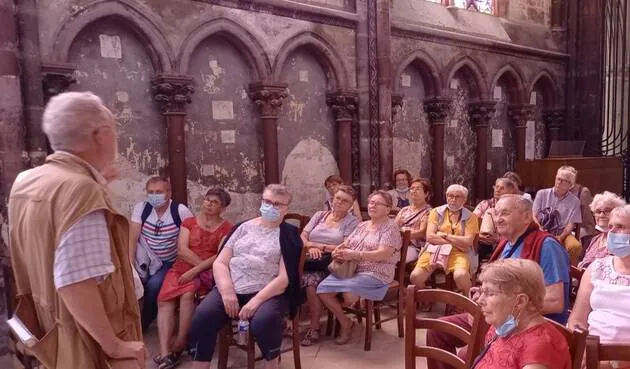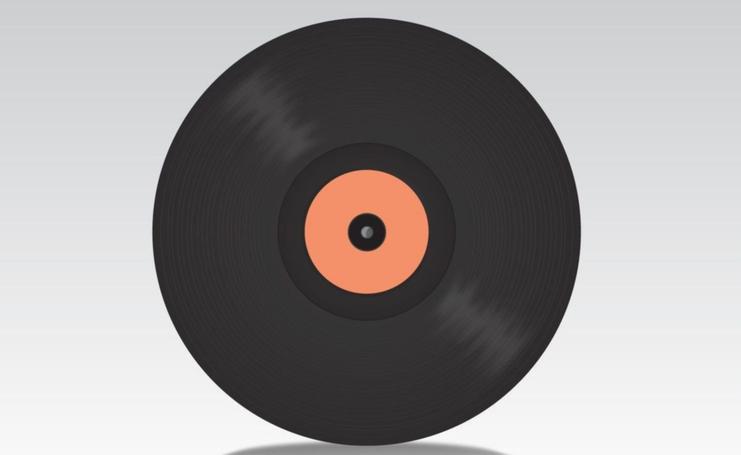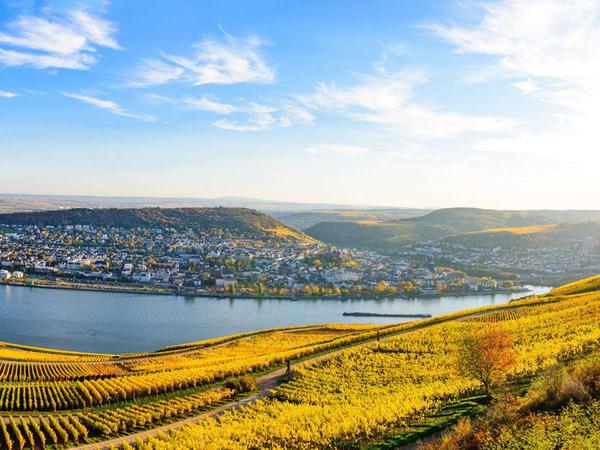The challenges of art in 2022: digital revolution and jewels of the permanent collections
Cultural institutions face 2022 with a paradigm shift driven by the pandemic. The focus is on the reorganization of the permanent collections, highly valued international loans, exhibitions that are reduced in size, plus an online boost through virtual exhibitions and network initiatives that complete the experience with art and that are here to stay.
As an example, the youthful turn of El Prado that has tripled the number of visits on TikTok where it accumulates 319,000 followers.
The challenge also happens because the public returns to theaters in a live expansion process that is once again facing reductions in capacity due to the sixth wave of coronavirus. The great museums have recovered visits in 2021 although still far from the figures prior to the health crisis [See the data at this link]
The Prado faces this season the challenge of its expansion. It is expected that in spring the recovery works of the Salón de Reinos (last vestige of the Casón del Buen Retiro) will start, which are in the bidding phase, with a first budget item of 25 million euros. In principle, there will be three years of work that would add 1,300 square meters dedicated to temporary exhibitions.
But it is the Reina Sofia Museum that has undergone the most radical change: it has completely reorganized its collections a decade after the last big move.
The Thyssen also advances changes in its narrative paths this year, awaiting the imminent return after the agreement with Culture of the jewel in the crown of its collection: Gauguin's Mata Mua, who slumbers in a bunker in Andorra after the baroness to take it along with three other paintings while the museum was closed due to the pandemic.
As for this season's exhibitions, Picasso in multiple versions, graphic arts or surrealism are some of the outstanding proposals.
The Prado connects with contemporary art
The Prado Museum "revolutions" its programming with a powerful commitment to contemporary art related to authors who had a strong link with the museum such as Picasso, Zóbel or Parreno.
In Picasso and el Greco, a selection of joint works by both painters will be shown. The focus will be on the influence of El Greco in the birth of cubism and in the blue stage of the man from Malaga.
Fernando Zóbel and the history of art focuses on the evolution of hundreds of drawings by the author, founder of the Cuenca Museum of Abstract Art, who took works from El Prado as a reference.
While Philippe Parreno, a regular at Moma or the British Tate, has made an audiovisual reconstruction of Goya's Quinta del Sordo which will be exhibited alongside the black paintings.

The Prado opens its calendar in March with an exhibition in collaboration with the Museu Nacional d'Art de Catalunya, in which it has brought together all the fragments that remain of the impressive mural painting that Juan Henríquez de Herrera commissioned from Annibale Carracci for the decoration at fresco from the chapel in the church of Santiago de los Españoles in Rome.
The museum has also revitalized its permanent collection with changes, plus an exhibition with an olfactory experience included. The series The Five Senses of Rubens and Brueghel the Elder can be "smelled" through devices that reproduce the flowers of the works and designed by the Perfume Academy.
conscious eclecticism
The Reina Sofía Museum opens the year showing the complete reorganization of its collection. A titanic job: more than three years of research to move 2,000 works of donations, deposits and purchases in six different spaces of 11,000 square meters. The result is a "comprehensive rereading" connected with the times and oriented to a conscious and leisurely visit.
The Reina Sofía kicks off its temporary exhibitions with eclecticism: from the evolution of graphic art to the monographs of Néstor Sanmiguel and Manolo Quejido or the outstanding presence of women artists such as Pauline Boudry or the Argentinian Alejandra Riera on the way of creating in other parts of the world .
The agenda is completed with a unique installation by the artist Carlos Bunga in the Retiro Park (from April 8 to September 4) on the cycles of nature.
The visual deception of the trompe l'oeil
Painting images that are indistinguishable from reality has been a challenge for artists throughout the ages. Under this premise, Thyssen presents its first proposal for 2022: Hiperreal. The art of trompe l'oeil that revises the genre with representative themes of easel painting (From February 22 to May 22).
While the exhibition American Art in the Thyssen Collection remains open until June, a reinstallation of more than 170 works from the permanent collection.
And also in summer, the museum hosts a long-awaited exhibition postponed due to the pandemic: the first retrospective of the American painter Alex Katz, precursor of pop art and one of the main figures of 20th-century American art, still active [See image that heads this news].
The highlight of the fall will be the Picasso and Chanel exhibition on the collaboration and mutual influence between the two geniuses. Proof of this interaction is Jean Coucteau's assertion: "Chanel is to fashion what Picasso is to painting."
surreal audacity
From Fauvism to Surrealism: Masterpieces of the Musée d'Art Moderne de Paris (February 11 to May 22) is one of the star exhibitions with which the Guggenheim Museum in Bilbao begins the season. A total of 70 masterpieces cover the history of the Parisian museum and connect with the avant-garde movements of the first decades of the 20th century.
The selection is truly luxurious: Matisse, Breton, Wilfredo Lam, the intense chromatic play of Louis Valtat's landscapes, the transforming color of Robert Delanuy's nudes, the unclassifiable palette of Modigliani or the metaphysical art of Giorgio de Chirico.
Plus an extra, until February 6 you can still visit the exhibition Alice Neel: people first, the first retrospective dedicated in Spain to this American artist that includes the most impressive portraits of her, celebrated for her psychological perspective. The Italian magazine ArtsLife has chosen the exhibition as the best of 2021. A recognition that adds to that of two other prestigious magazines in the art world Apollo and Vulture.
french taste
The Fundación Mapfre opens its exhibition space in Madrid with French taste and its presence in Spain (17th-19th centuries) | From February 11 to May 8. A transversal and eclectic sample with numerous works from private collections that crosses the history of taste, the construction of national identities or diplomacy.
Another of the outstanding exhibitions is the retrospective dedicated to the photographer Carlos Pérez Siquier, who died in 2021. Siquier began his series of La Chanca, a suburb of Almería, in 1956, with images that were a benchmark in his long career. He was the founder of the AFAL group (Almeriense Photographic Association) that revolutionized the Spanish photographic scene.
Fundación Mapfre's KBr Photography Center in Barcelona kicks off the year with exhibitions by Lee Friendlander and Adolf Mas (February 17 to May 15).
Friendlander is valued as one of the essential artists of the 20th century in North America. He continues to renew the visual language through intricate metaphors hidden in the everyday.
Teresa Lanceta's tapestries
The MACBA (Museum of Contemporary Art of Catalonia) opens the season in spring with an exhibition that covers the career of Teresa Lanceta. In the early 1970s, Lanceta (Barcelona, 1951) made the decision to weave as a means of artistic expression, pushing the limits of understanding of what is or is not considered art.
Her approach to weaving focuses on the formal elements, on what is original and unique to the fabrics: their weaves, materials, traditions and techniques.
The exhibition includes a wide selection of her tapestries, canvases, paintings, drawings, writings and videos, offering the closest approach to the artist's work to date. In addition, Teresa Lanceta has invited other authors to carry out different collaborations that will be shown in the exhibition.
In summer, the museum will also present the first monographic exhibition in Spain of the work of the Brazilian artist Cinthia Marcelle, which shows her constant concern for the impulses of the community and the poetics of accumulation, multiplication and repetition.
Picasso and the old masters
An example of virtual interaction is the Picasso Museum in Malaga, on its website you can now visit the exhibition Face to face. Picasso and the Old Masters, which will hit theaters in February.
An exhibition in which works by El Greco and Zurbarán, among other masters, will be exhibited in dialogue with those of Picasso to show the importance of these painters in the development of the revolutionary art of Malaga.
In the spring, a retrospective of Paula Rego will arrive in Malaga (April 26 - August 21, 2022) that will reveal the work and history of an artist with an extraordinary life, as well as the personal vision of a large part of her work in the sociopolitical context in which it is embedded. Power relations, mythology and sexuality are common themes in her work.
Malaga also hosts until April, The Paris of Brassaï. Photos of the city that Picasso loved. The exhibition focuses not only on the activity of a photographer who built a visual topography of the city of light (and shadows) in the 1930s and 1940s, but also teaches him as a prolific creator who designed books , drew nudes or carved sculptures.


